How the ship carrying over 900 Jewish refugees from the Nazis in WWII was turned away from Cuba and the US.
>
It was the luxury ship that was meant to take more than 900 refugees to safety in the United States.
The MS St. Louis, a cruise ship, was carrying Jewish men, women and children fleeing oppression in Nazi Germany when it docked in Cuba in May 1939.
But instead of being let off the ship, nearly all of the 937 passengers, who had obtained tourist visas to stay in the country while waiting for permission to enter the nearby US, were turned away.
A new BBC documentary he tells how instead the ship was forced to sail back to Europe, with its passengers, who spent six weeks on the ship, terrified of the fate that awaited them.
While a last-minute deal was secured for Britain, France, the Netherlands and Belgium to take care of the families, every country except the UK would be invaded by Adolf Hitler’s forces, and 254 of the ship were killed. in the Holocaust.
The MS St. Louis, a cruise ship, was carrying Jewish men, women, and children fleeing oppression in Nazi Germany when it docked in Cuba (above) in May 1939.
The SS St Louis left Hamburg on May 13, 1939, less than four months before Britain declared war on Nazi Germany after Hitler ordered the invasion of Poland.
In the run up to the ship’s departure, the Jewish people in Germany had faced increasing levels of persecution, typified by the infamous Kristallnacht, the Night of Broken Glass, in November 1938.
The night of violence and destruction saw Jewish homes and businesses destroyed and civilians attacked in the streets, before the victims were forced to pay for the damages.
With millions trying to flee Germany, the St Louis was one of many ships that brought refugees to the US.
However, since the requirements to enter the country are very strict, those without visas had to find imaginative ways to get to a safe place.
The Cuban government had been allowing Jewish refugees to buy tourist visas and then stay in the country until they were allowed to enter the United States.
The ones from the St Louis had traveled in comfort, with fancy dinners and a swimming pool on sale.
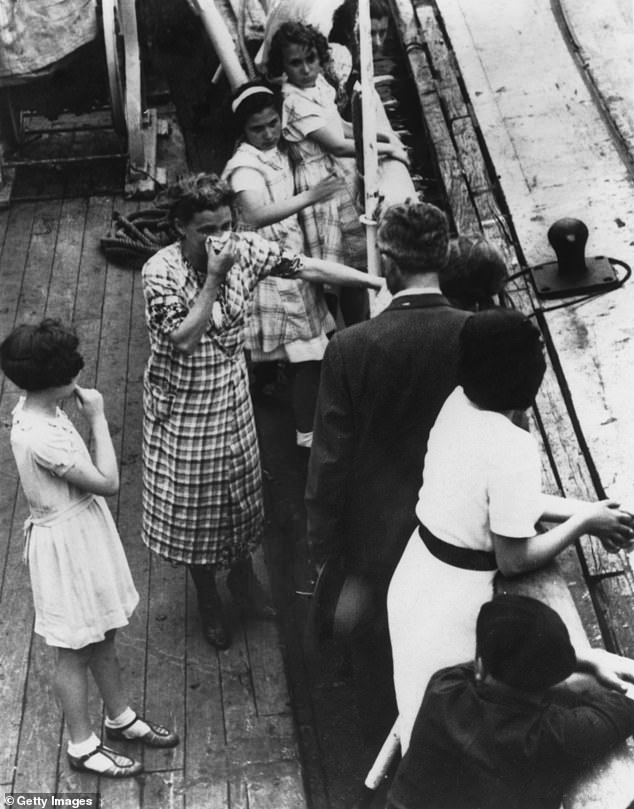
Instead of being let off the ship, nearly all of the 937 passengers, who had obtained tourist visas to stay in the country while waiting for permission to enter the nearby US, were turned away. Above: Refugees aboard the ship after it was turned away from Cuba
The ship’s captain, Gustav Schroeder, was an anti-Nazi who ensured that a portrait of Hitler was removed during Friday night prayers.
And he insisted that the passengers be treated with the basic courtesy that had been denied them in Germany.
The survivor Sol Messinger was one of the passengers on the ship fleeing with his mother and father from Germany.
His father was only able to join the family at the last moment, after being deported to Poland by the Nazis.
‘It was very difficult to get a visa for the United States. So our family decided that we would try to go to Cuba,’ he said.
“Mainly, I suppose, because it was close to the United States.
‘My mother finally managed to get a Cuban visa and tickets to go on the St. Louis.’
“But then the problem was that my father was still in Poland, he had been deported. My mother wrote to him, she said that he had the visas but he was not leaving unless he could join us.
And he replied: “Go away unless you want your son’s blood on your hands.”
“The day before leaving for Hamburg, there was a knock on the door and my mother screamed because she recognized my father’s call.
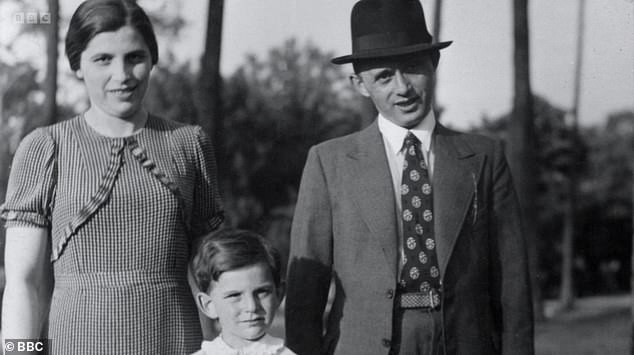
Sol Messinger escaped from Germany in the St. Louis with her mother and father. Above: a family photo

Messinger told how his family’s visas were among those invalidated by the Cuban regime

The Daily Mail report of June 1939 telling how Britain had agreed to take in some of the refugees in
‘[She] ran to the door, opened the door and my father was there.
‘He had obtained permission from the German government to return to Germany for two days so that we could leave together.
“So the next day we went to Hamburg and got on the St. Louis ship.”
However, when the ship docked in Havana after a voyage of just over two weeks, only 28 passengers were allowed to board.
Cuba decided to invalidate the visas after 40,000 Cubans gathered in Havana a few days earlier to protest against the arrival of the refugees.
As a result, the ship was stranded in Havana harbor for six days, its distraught passengers only able to scream to waiting friends and family.
The Cuban government then ordered the ship out of Havana Harbor and it spent the next four days drifting aimlessly along the Florida coast.
Messinger, who now lives in Buffalo, New York, said: “The next day it turned out that they told us that Cuba had invalidated our visas.
“We had paid for them, we had gotten them, we had arrived in Cuba only to find out that they had invalidated our visas.”
He added: ‘I remember it was getting dark and my father and I were standing at the railing, and I saw some lights in the distance.
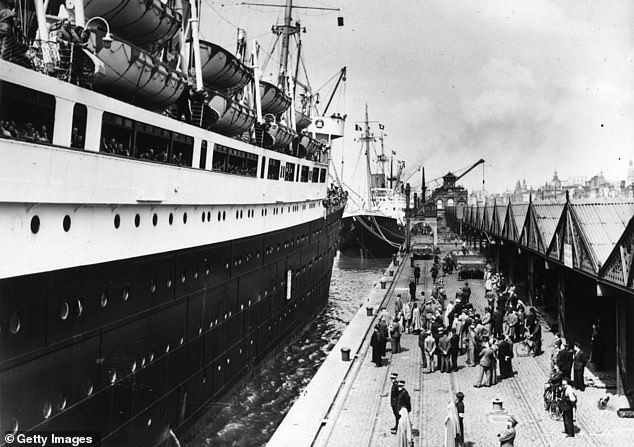
The MS St Louis, docks in Antwerp, Belgium, with its cargo of German Jewish refugees who have been denied entry to Cuba.
‘And I said to my father, ‘what are those lights? And he said, ‘oh, that’s a city in the United States called Miami.’
“So I’ve been in Miami ever since and every time I walk on the beach and look at the water, I have a very strange feeling because now I am where I wanted to be in 1939.”
The situation for the passengers seemed even worse when the President of the United States, Franklin Roosevelt, did not respond to a request for help sent from the ship in a telegram.
The refugees were told they would have to qualify and then obtain immigration visas before they could enter the country, a process that would take years.
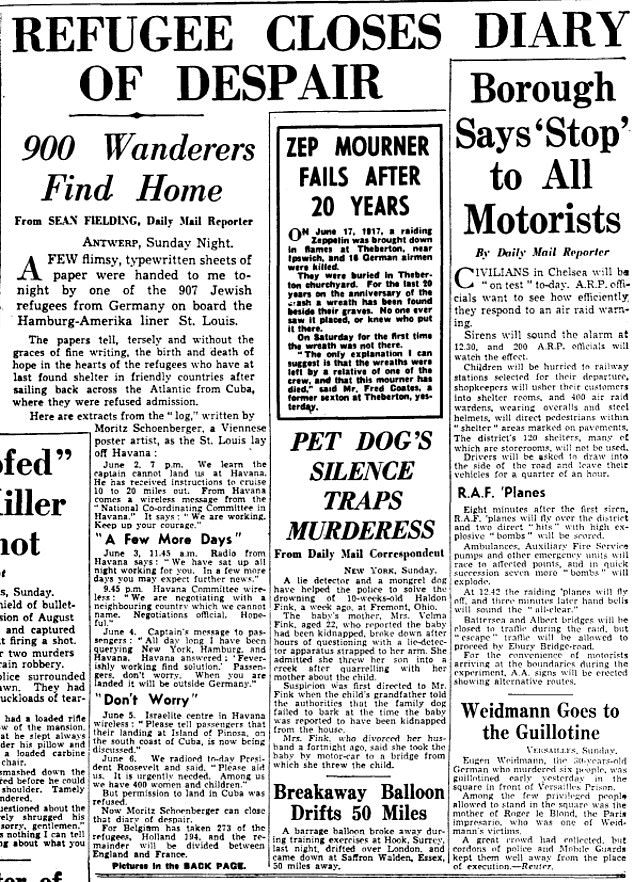
The Daily Mail report of June 19, 1939 featured stories from some of the refugees on the ship.
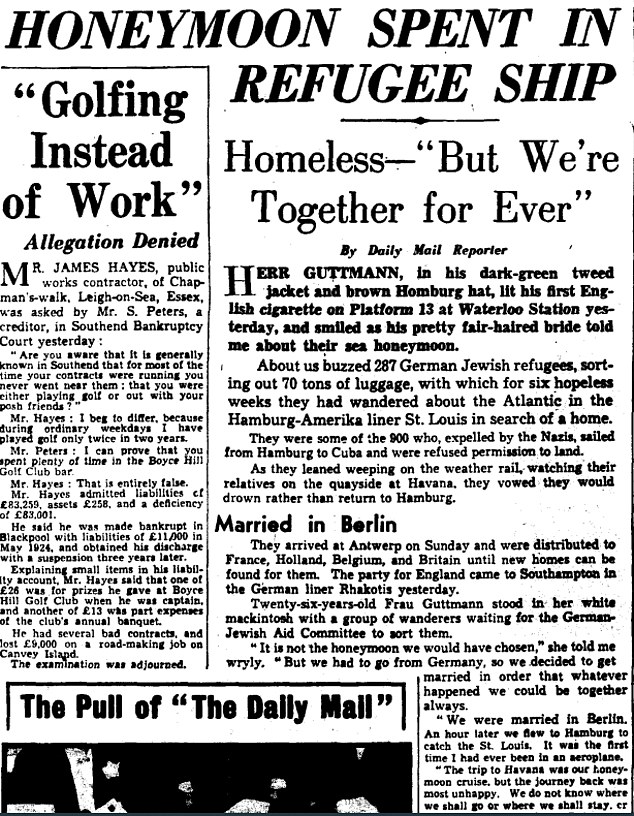
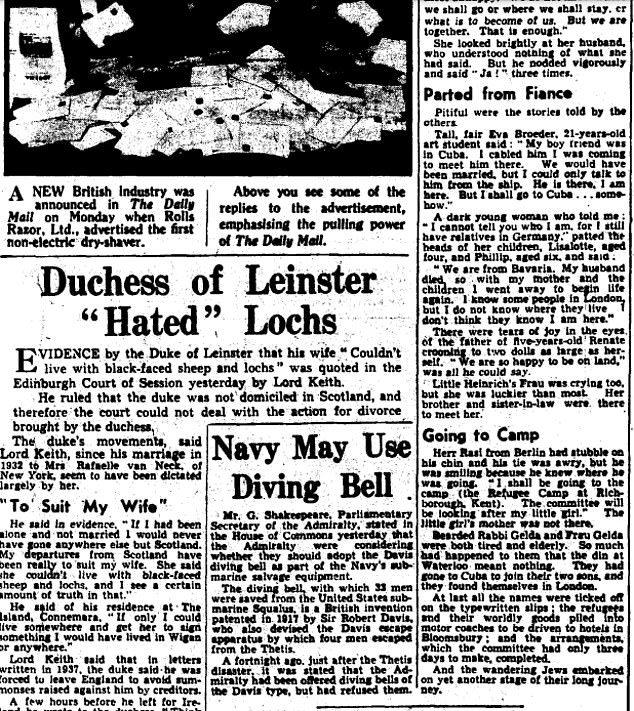
This Daily Mail report recounted how a couple honeymooned on the MS St Louis.
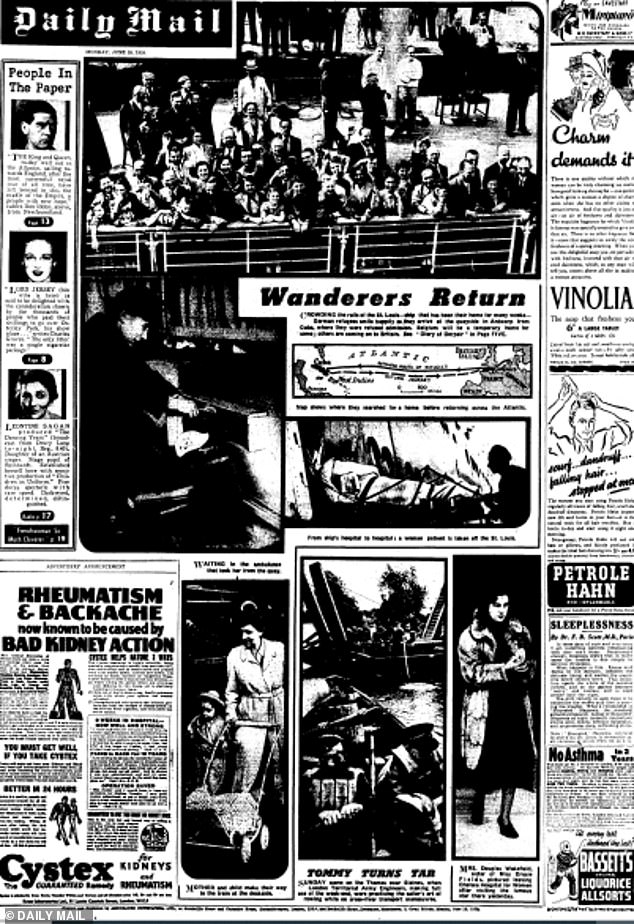
The Daily Mail also revealed images of the people on board the ship after it returned to Europe.
Instead, the captain of the St Louis had to start piloting his ship back to Hamburg, with Canada also refusing to take the passengers.
Canadian Prime Minister Justin Trudeau apologized for the refusal in 2018.
Captain Schroeder was so outraged by the situation that he considered running his ship aground in England or France.
However, the refugees were saved at the last moment from having to return to Hamburg when the humanitarian group American Jewish Joint Distribution Committee, together with the Intergovernmental Committee on Refugees, secured $500,000 for them to be taken in by European nations.
While Great Britain took in 287 Jews, Belgium took in 273, and 194 went to the Netherlands. Others went to France.

A crowd of German Jewish refugees aboard the ocean liner MS St. Louis wave as they arrive in Antwerp, Belgium, after wandering the Atlantic for thousands of miles.
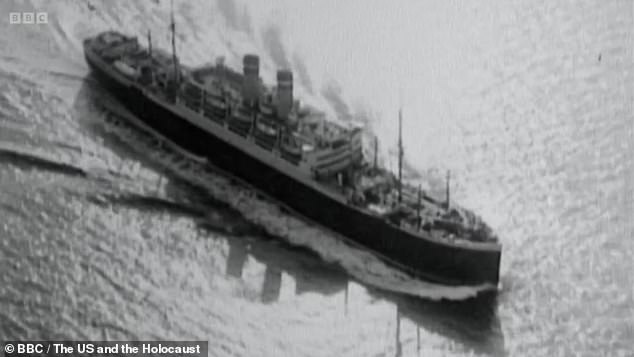
The ship is seen during its almost six weeks sailing in the Atlantic with its desperate passengers
The liner docked in Antwerp on June 17, and the refugees either stayed or traveled to nations that agreed to receive them.
But after World War II broke out, Belgium, France, and the Netherlands were invaded less than a year later.
It meant that most of those who had gained refuge in those countries fell once more into the clutches of the Nazis.
Messinger and his family fled to France after the invasion of Belgium. They took refuge in a Spanish border town that would come to be controlled by the Vichy French regime after the German invasion of the rest of the country.
The family was arrested and placed in an internment camp, but was able to flee with the help of an underground resistance movement.
They returned to the border city and lived there until 1942, before obtaining the documents they needed to enter the US.
They escaped just weeks before the Nazis sent most of France’s Jews to Auschwitz.
The family then landed in New York and settled where other relatives lived in Buffalo.
